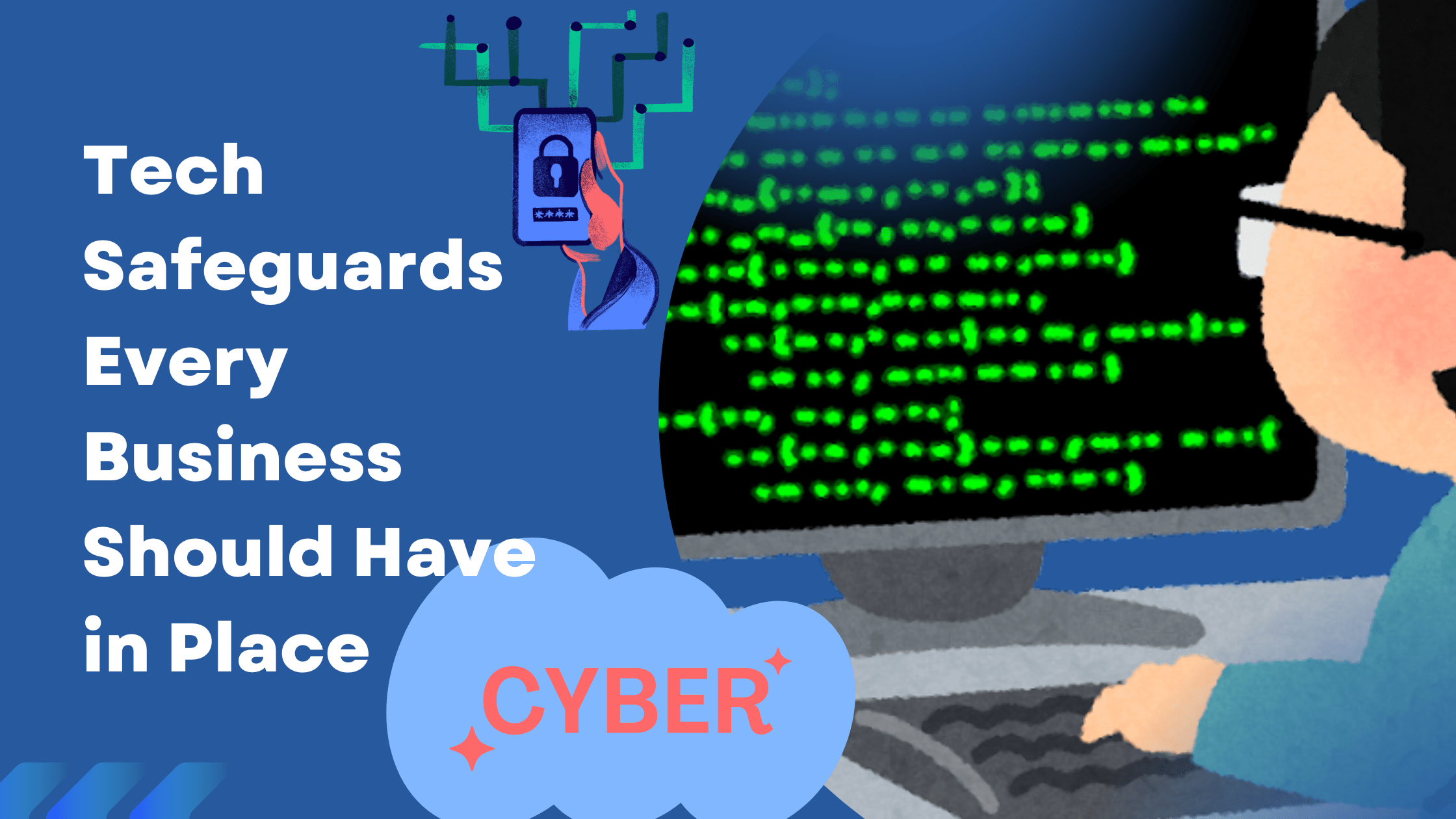
Cybersecurity isn’t just another box to check anymore. It’s become a matter of business survival, with sobering statistics showing that 60% of small businesses shutter their doors within six months of a serious cyber-attack. That’s why smart organizations are embracing multi-layered security approaches, combining enterprise-grade firewalls with sophisticated threat detection systems and regular security audits. This comprehensive framework needs to work like a well-oiled machine, seamlessly integrating both preventive and detective controls.
Essential Cybersecurity Measures
Here’s a startling fact: 94% of malware sneaks in through email, making robust email security absolutely crucial. Smart businesses aren’t taking chances; they’re implementing advanced email filtering systems, running regular phishing awareness training, and maintaining ironclad protocols for handling sensitive data. What’s more, they’re protecting all their devices with endpoint security solutions, which has proven incredibly effective. Companies using these solutions see 85% fewer successful breaches.
Data Backup and Recovery Solutions
When systems go down, the meter starts running and fast. Companies lose an astounding $18, 000 per minute of downtime on average. That’s why savvy businesses follow the tried-and-true 3-2-1 backup rule: keep three copies of your data, store them on two different types of media, and make sure one copy lives offsite. Cloud backup solutions have become the go-to choice for modern businesses, boasting an impressive 99. 9% reliability rates when properly set up.
Smart organizations don’t just backup their data; they’ve got a strategy. They’re implementing both incremental and full backups while clearly defining their recovery point objectives (RPO) and recovery time objectives (RTO). The numbers don’t lie: companies that regularly test their backup procedures bounce back 60% faster from data disasters. Want even better odds? Regular testing makes a huge difference; 77% of businesses testing quarterly or more frequently report successful recoveries, compared to just 41% of those who test less often.
Access Control and Authentication
Protecting business assets, strong access control isn’t negotiable. Consider this: 61% of data breaches involve stolen credentials. That’s why multi-factor authentication (MFA) has become such a game-changer, slashing account compromise risks by an incredible 99. 9%, according to Microsoft’s research. For managing critical software assets, many forward-thinking organizations turn to technology escrow services to guarantee continuous access to source code and vital tech components, even if vendors face difficulties. Role-based access control (RBAC) systems have also become essential, ensuring employees can only access what they truly need for their jobs.
Regular access reviews aren’t just good practice; they’re essential. About 20% of organizations have faced security incidents due to outdated access rights. By implementing privileged access management (PAM) solutions, companies are seeing remarkable results, with an 80% drop in privileged account-related incidents after deployment.
Business Continuity Planning
A solid business continuity plan (BCP) can mean the difference between survival and failure. The numbers tell a harsh truth: 93% of companies without disaster recovery plans who face a major data disaster don’t make it past the one-year mark. That’s why modern BCPs need to cover everything from cyber-attacks to natural disasters, with crystal-clear roles and responsibilities for every team member.
Don’t just create a plan, test it regularly. Studies show that companies testing their plans quarterly are 2. 5 times more likely to recover successfully from incidents. Keeping detailed documentation of all critical systems, including network diagrams, software inventories, and vendor contacts, pays off big time; companies with well-documented BCPs cut their incident resolution time by 70%.
Vendor Risk Management
Third-party vendor risks can’t be ignored, especially when 63% of data breaches are linked to third-party access. That’s why leading organizations are implementing comprehensive vendor assessment programs, complete with security questionnaires, regular audits, and continuous monitoring. The results speak for themselves: companies with formal vendor risk management programs see 20% fewer third party-related incidents.
Strong vendor management requires airtight contractual agreements that spell out security requirements, data handling procedures, and incident response obligations. Regular performance reviews and security assessments aren’t just formalities; they’re essential safeguards. The most successful companies maintain detailed inventories of all vendor relationships, tracking what data and systems they can access. This systematic approach has led to improved vendor management for 92% of organizations.
Conclusion
While implementing robust tech safeguards requires serious investment in both resources and planning, the alternative is far more costly. Today’s organizations must stay vigilant, regularly reviewing and updating their security measures to stay ahead of emerging threats and technological shifts. The success stories are compelling; companies that implement comprehensive tech safeguards consistently show lower incident rates and faster recovery times. By embracing industry best practices and maintaining constant vigilance across all technical security aspects, businesses can better shield their assets and ensure they’re built to last in our increasingly digital world.





